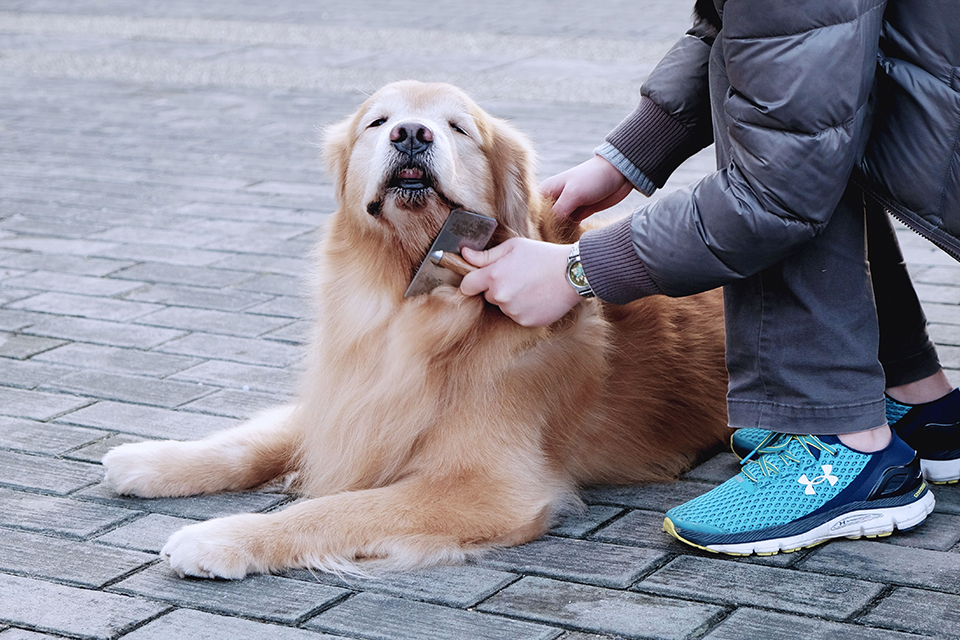
Caring for a disabled pet is a labor of love, whether you have adopted one or your pet has developed a disability with age. Unfortunately, pets can suffer from many disabilities, such as birth defects, mobility issues, blindness, deafness, and even cognitive or emotional problems. Thankfully, due to advancements in veterinary care and loving pet owners, many pets can live a happy and healthy life even with a disability. In many cases, this includes traveling, though this should be done with extra caution. Here are some ideas for how to travel with a disabled pet.
The first thing a pet owner should do before traveling with a pet, particularly a disabled one, is to consult their veterinarian. This is important for several reasons:
Depending on your reason for travel, it may be better for your pet to be in someone else’s qualified care, either through boarding or a professional pet sitter in the home. Make sure to let your veterinarian know if you are traveling due to relocation or for pleasure.
The greatest responsibility when traveling with a disabled pet is ensuring their safety. This means planning as much as possible to provide for their special needs. Pet owners should purchase and carefully pack travel necessities such as:
Being prepared to keep your disabled pet safe during travel will lessen their stress and anxiety as well as your own.
Pet Travel Center (pettravelcenter.com)
If your pet’s disability results in pain, it’s important to manage and alleviate this during travel. Your disabled pet may require medication, special nutrition, massage, physical assistance, etc., while at home. These pain management needs should be thoroughly met while traveling as well.
If your disabled pet appears to develop new or worse pain symptoms, contact your vet or the nearest veterinary hospital immediately. Your pet may require medical attention that can’t be delayed.

Travel is inherently stressful for animals, and this stress can be compounded for disabled pets. One way to ease this stress is to provide your pet as much comfort as possible. This includes traveling in the most comfortable manner possible, which for animals is usually by car. Unlike airline travel, being on the road allows for fresh air and other stops when necessary.
In addition, it’s important to accustom your pet to their travel carrier, so they are familiar with it. For many disabled pets, this may involve purchasing a larger carrier to accommodate any mobility devices. It’s also essential to arrange pet-friendly accommodations ahead of time to avoid any additional travel stress.
Be sure also to bring along as much comfort from home as possible. This may include favorite blankets, toys, and treats. Pet owners are part of this comfort as well. Do not ever leave your disabled pet unattended, and be mindful of your stress levels when interacting with your disabled pet during travel. Your tone and mannerisms should be extra loving and patient while traveling.
You know your pet and their disabilities better than anyone. If you feel that traveling with your disabled pet is possible without adverse consequences to their health and well-being, then perhaps it’s best to start with small journeys close to home. This way, you can assess whether your pet acclimates well to travel and whether it’s manageable and enjoyable for you as their owner.
Of course, be observant of your pet’s behavior and emotional state during any length or form of travel, especially if they are disabled. Animals often communicate their distress through subtle behavioral changes such as decreased appetite, low energy, abnormal bodily functions, attempting to hide or escape, vocalizing, and even shaking. Pet owners need to take action at the first sign of distress to prevent any long-term consequences.
Owning a disabled pet can be a big responsibility but also an incredibly rewarding experience. If your disabled pet is healthy enough to travel, you may have the chance to create wonderful memories. Overall, their safety and well-being should be the highest priority in terms of any travel.